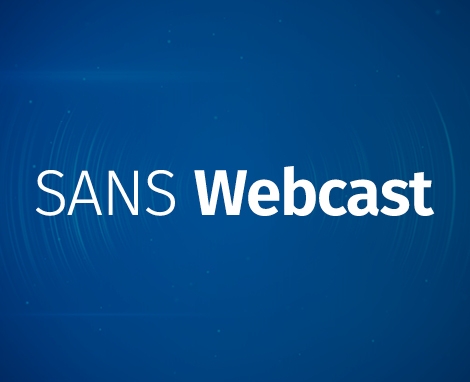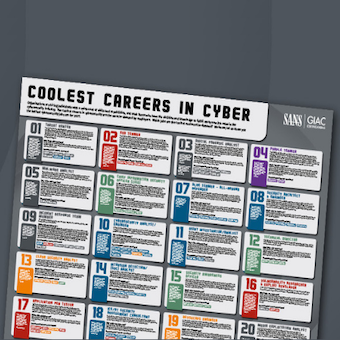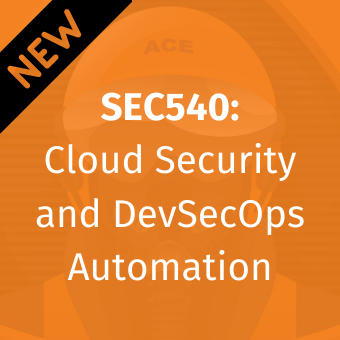Modernizing Security Operations Survey
Security operations are the epicenter of the cybersecurity industry. SecOps is where the metaphorical rubber meets the road for organizations defending their enterprises. Security Governance Risk & Compliance (SGRC), Security Application Development, Security Engineering, and all respective cybersecurity functions overlap to enable Security Operations Centers to respond to the threat. These teams hold the line, 24/7 through nights, weekends, and holidays to defend today's enterprises. Yesterday's SecOps was grounded in perimeter-based approaches to secure data inside an organization. The pandemic has created a technological revolution driving businesses to the cloud as well as evolving IT policies to support globally distributed and remote workforces. The threat has capitalized on this growth and change in business, which drives our need to mature SecOps programs. A mature SecOps team operates along with measurable service level agreements, constantly learning from adversaries and proactively mitigating the threat. Maturing SecOps isn't just getting better at defending; it's modernizing with evolving people, processes, and technologies.
This webcast will summarize customer data in three generalized areas: demographics, SecOps architecture, and SecOps priorities.
Attend this webcast to learn more about the:● Key dynamics of people, processes, and technologies for maturing SecOps
● Investments in maturing SecOps
● Tradeoffs in augmenting the workforce with Security Orchestration Automation & Response
● Most effective measures to defend against ransomware and supply chain attacks
● Tools leveraged to validate the organization's security posture
● Integration of Threat Detection & Response into SecOps workflows
Log in to view the associated SANS White Paper here.







